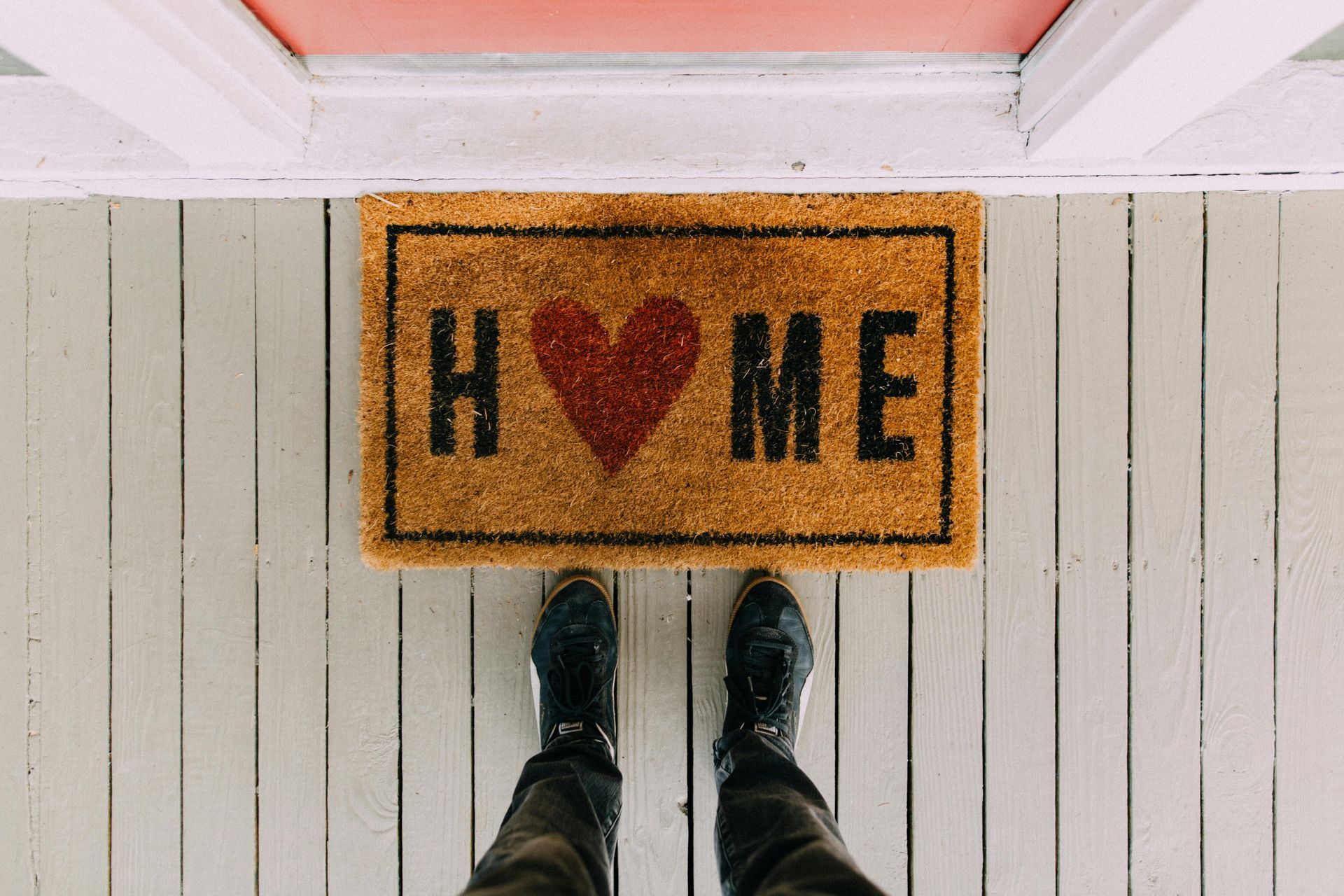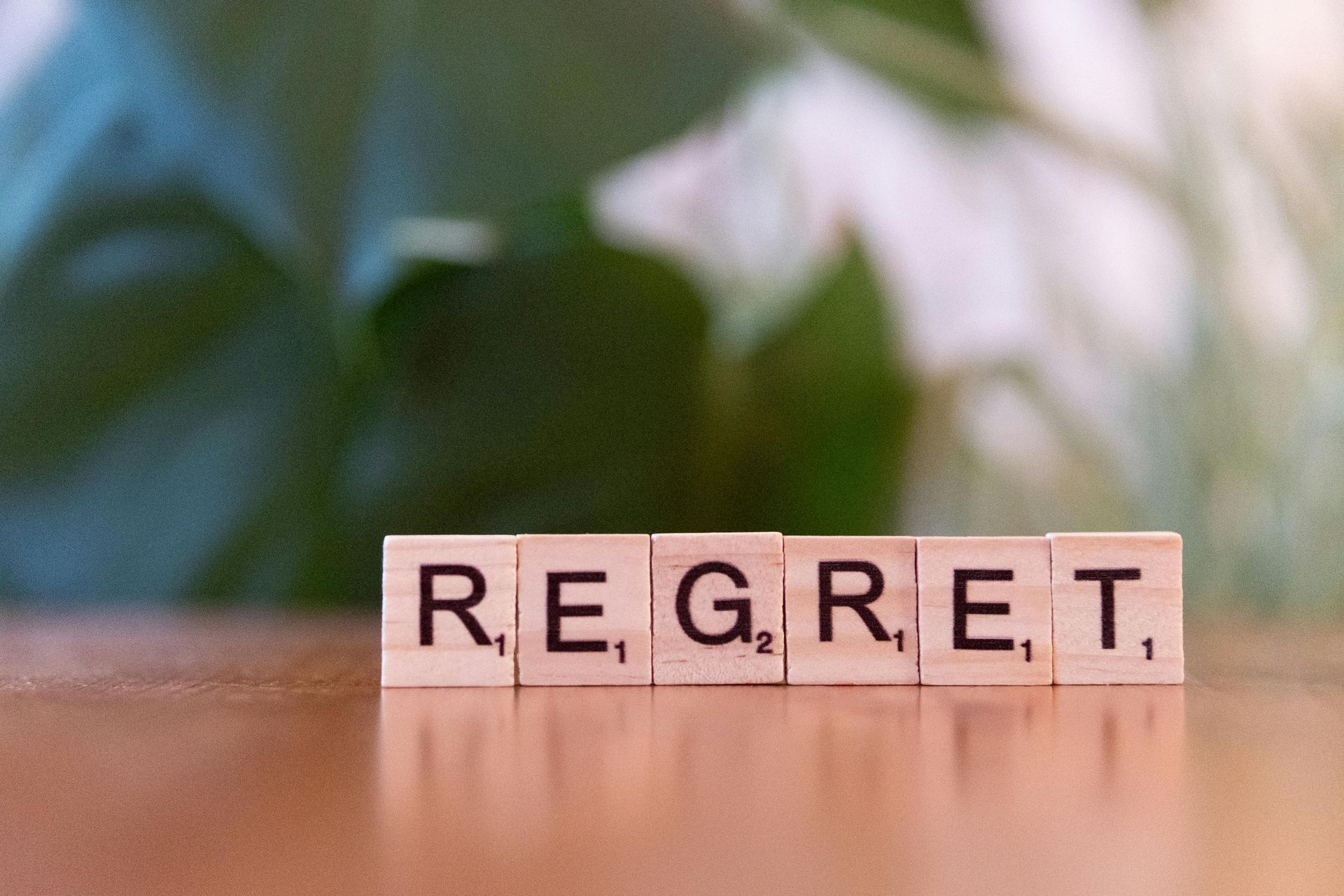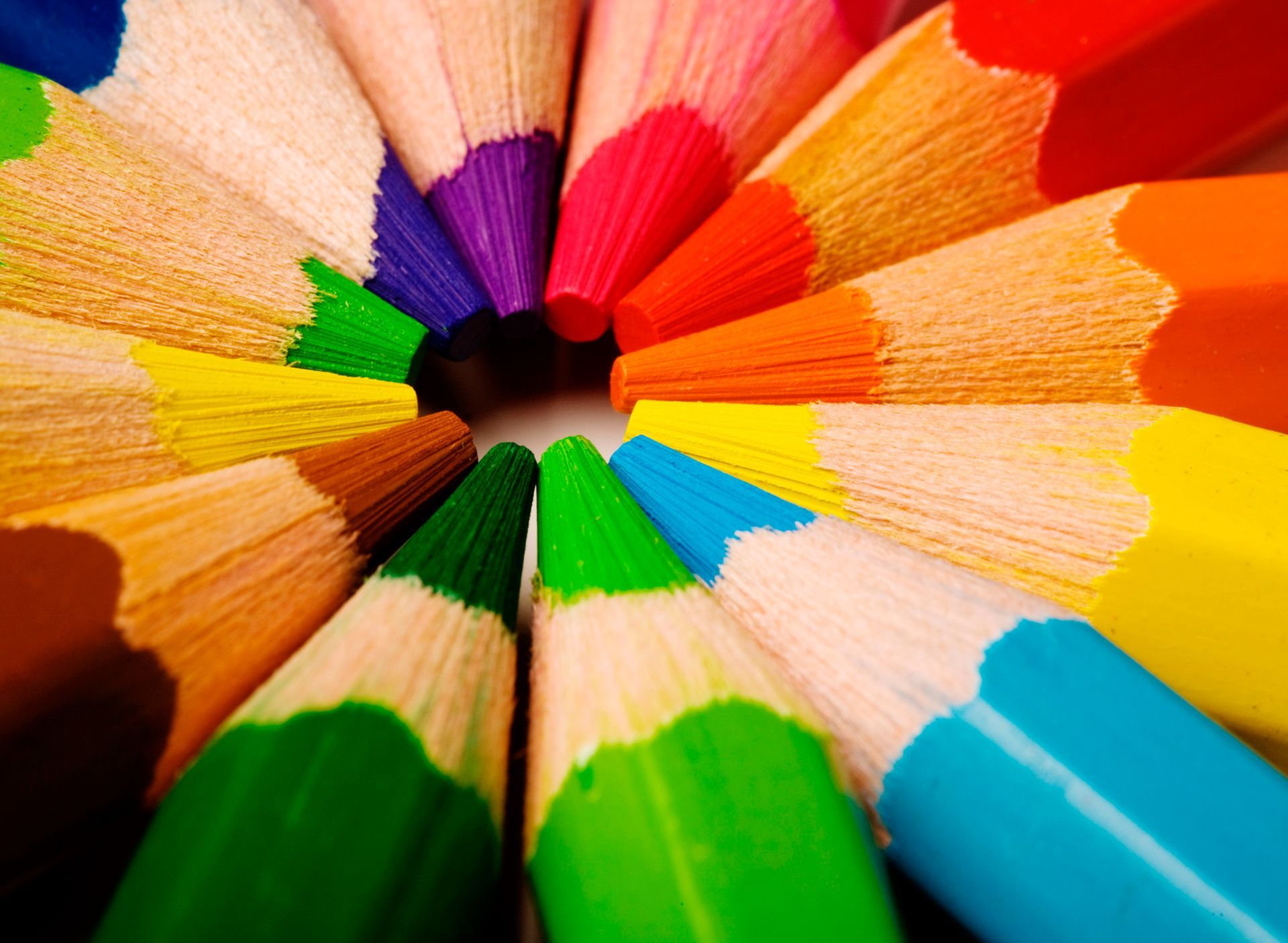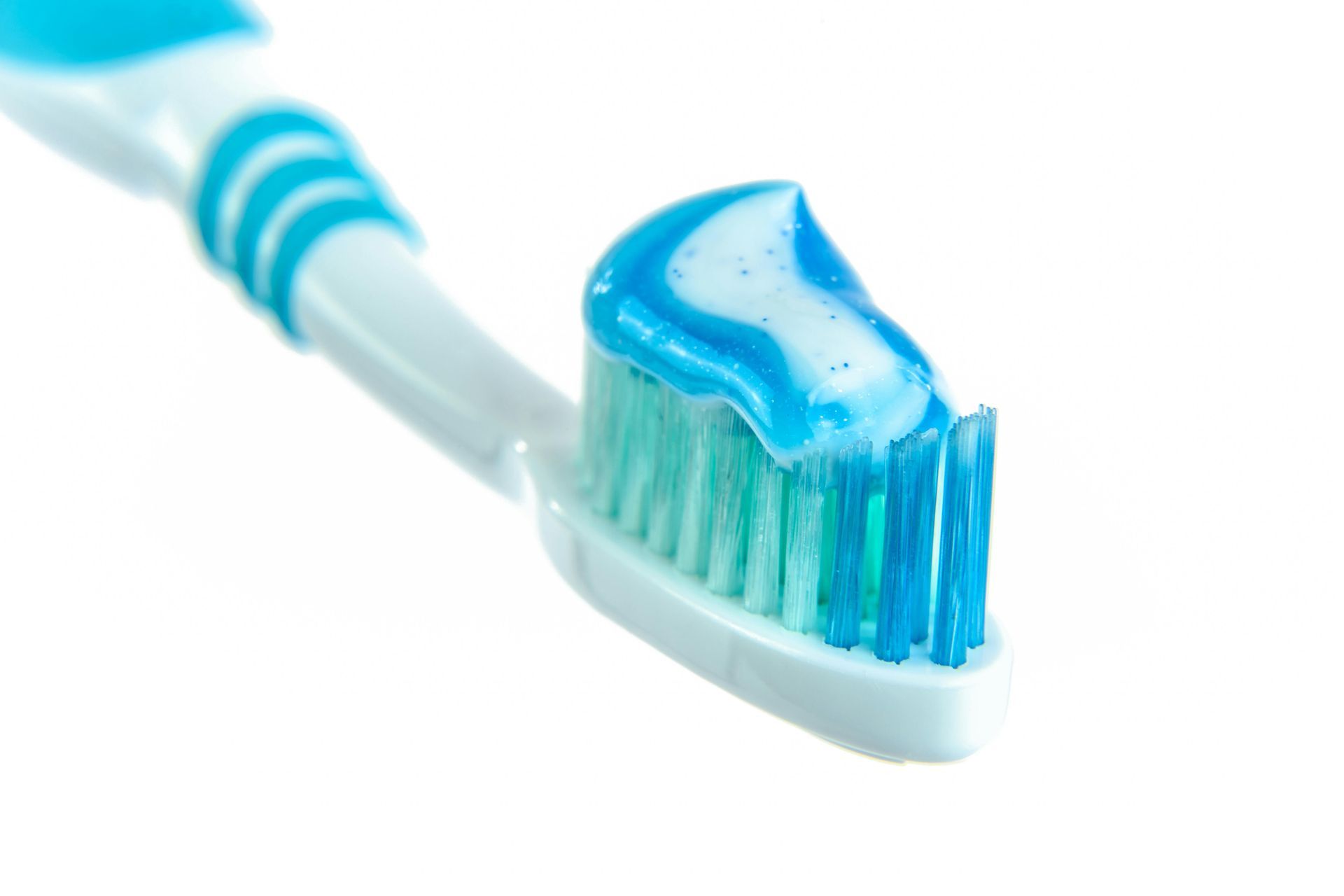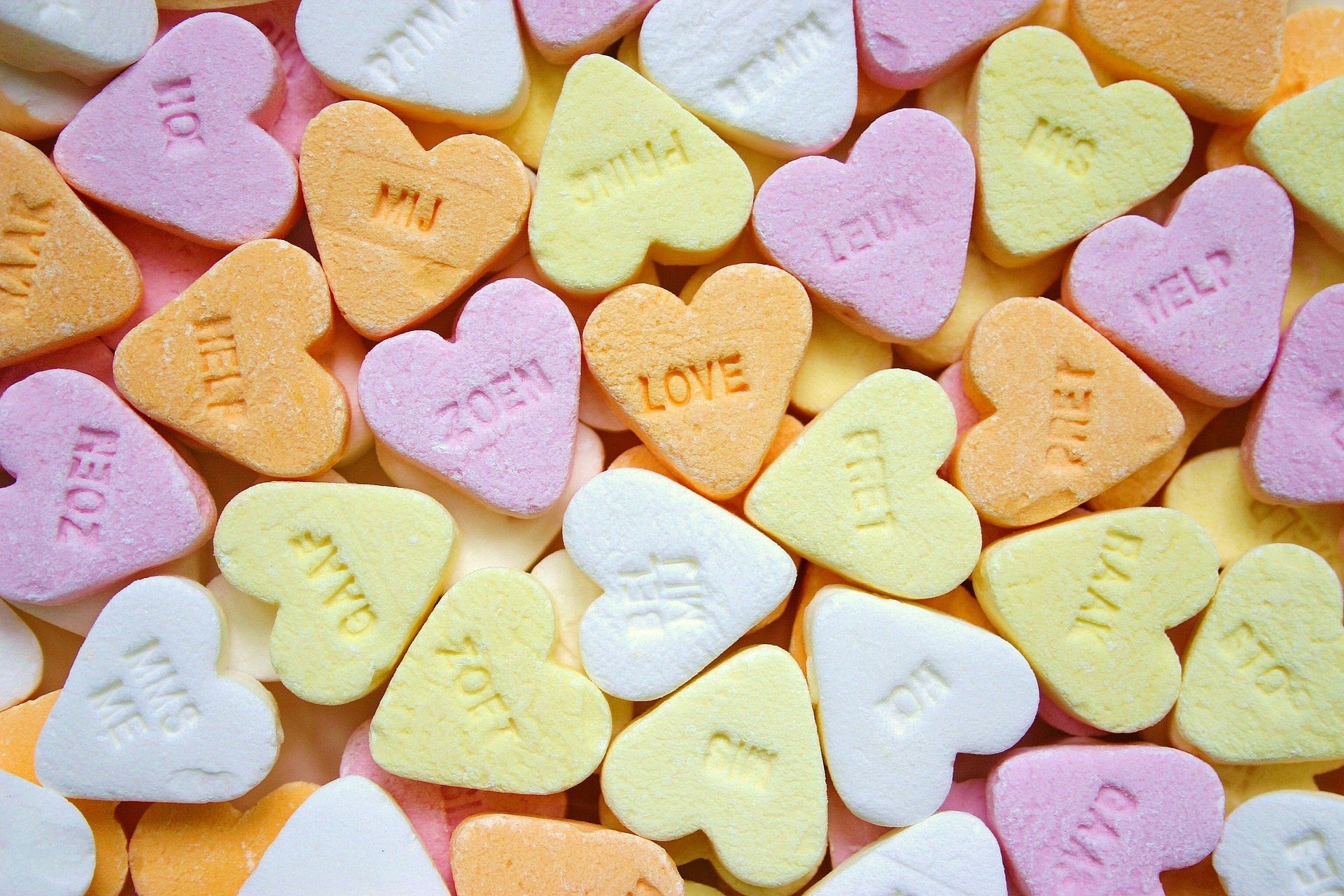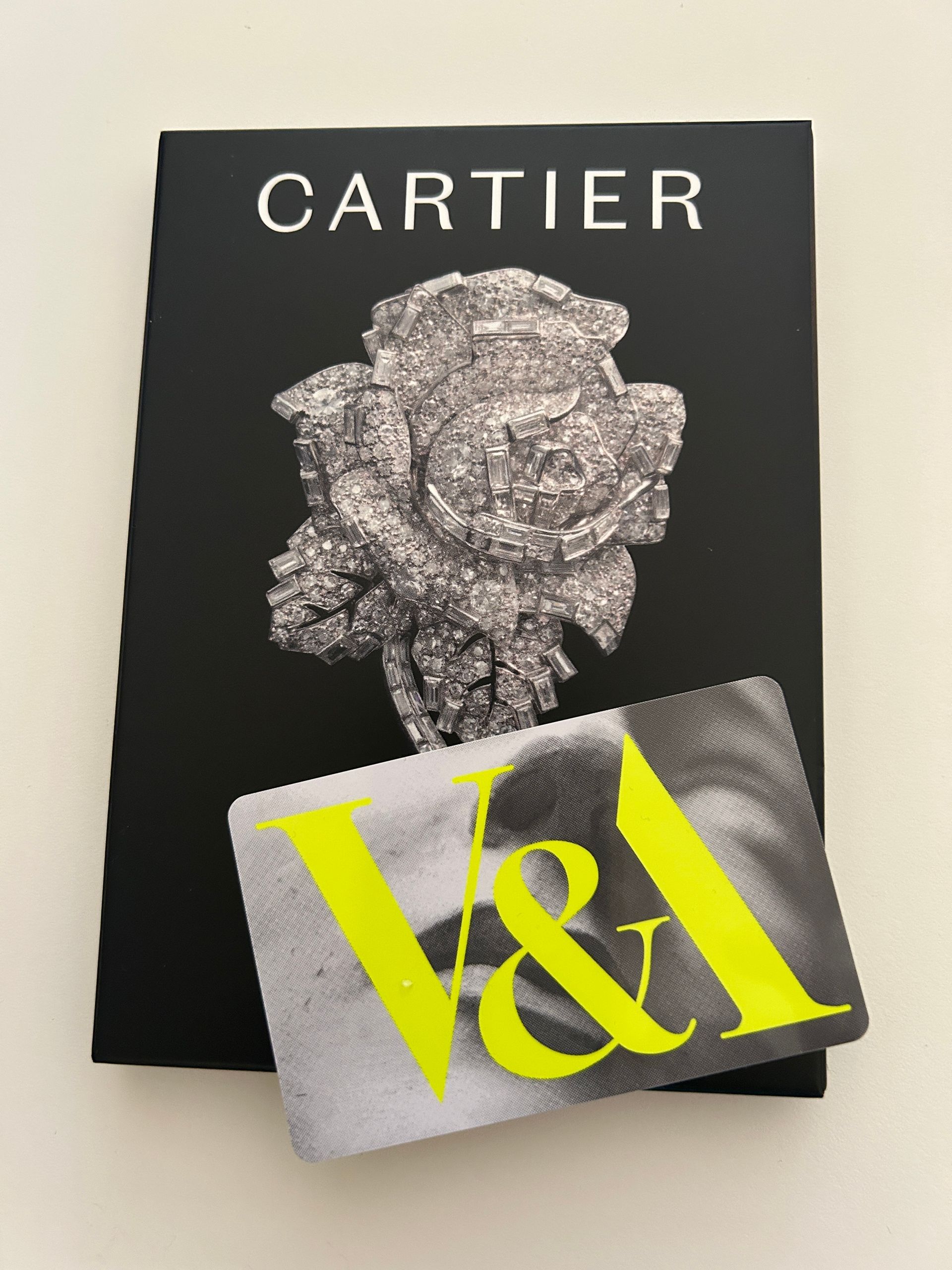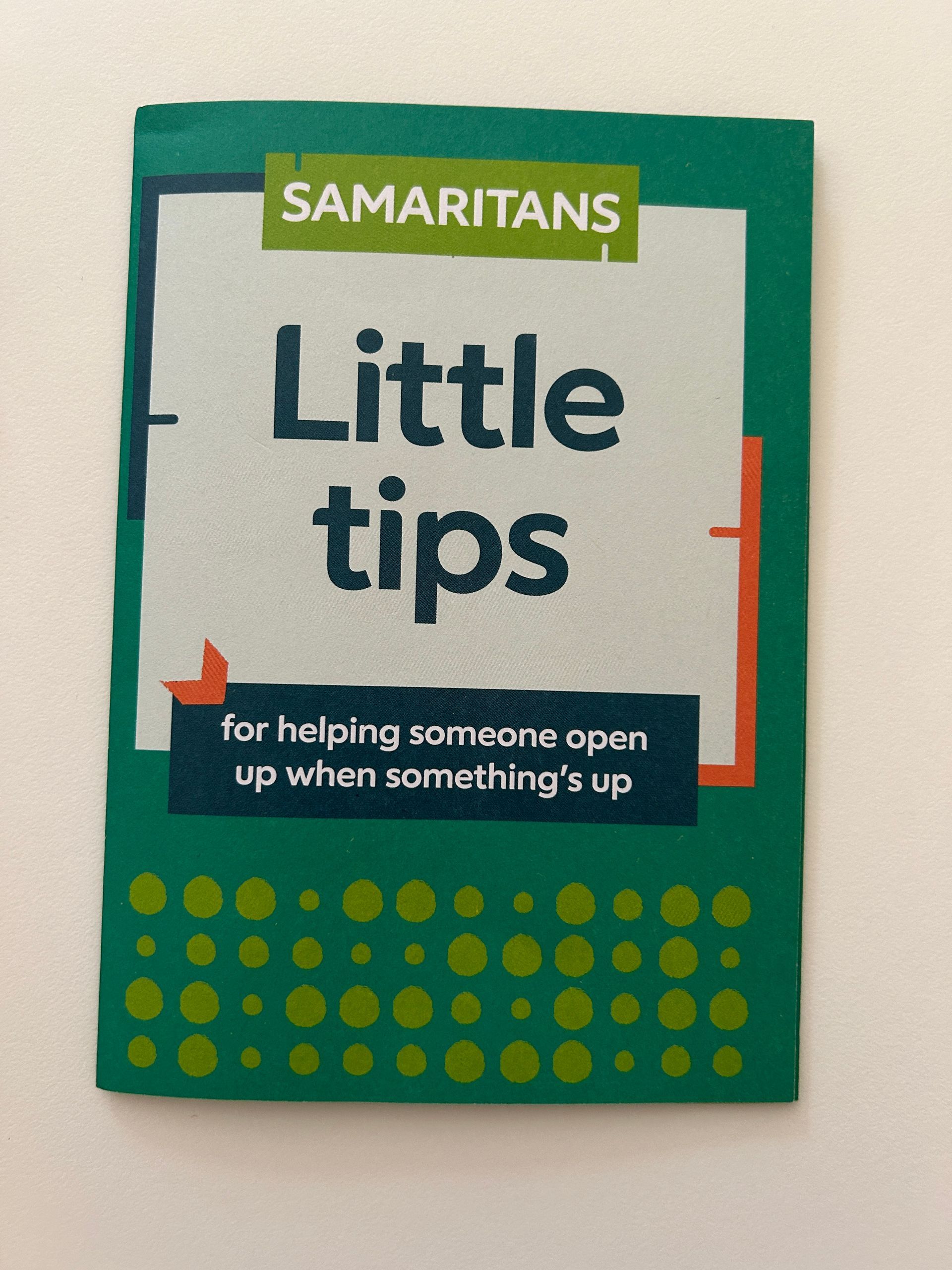Habits give you freedom…
In 1898 a psychologist named Edward Thorndike conducted an experiment with cats. Each cat was put inside a puzzle box, which was designed so that the cat could escape either by stepping on a platform, pulling a loop, pressing a lever etc… The other side of the door would be food. Thorndike monitored the activity and after 20 or 30 trials the behaviour became so automatic. The cats learned to associate the action of pressing a lever with the reward of escape and food. Thorndike described the learning process “behaviours followed by satisfying consequences tend to be repeated and those that produce unpleasant consequences are less likely to be repeated”
A habit is a behaviour that has been repeated enough times that it becomes automatic. Habits normally occur through trial and error. Neurological ativity is high in the brain when you are working out what to do. This is the feedback loop behind all human behaviour: try fail, learn and try differently. Habits occur when you know what to do so you skip trial and error and create a mental rule.
Habits do not restrict freedom they create it. By making fundamentals within life easier you can create mental space needed for thinking and creativity.
Building a habit can be broken into fours steps:-
- Cue
- Craving
- Response
- Reward
The first step Cue, triggers the brain to identify whether there is a reward. Cravings are the motivational force behind every habit. It is not the motivation of cleaning your teeth it is being motivated by the feeling of a clean and fresh mouth. The response is the action you take “the habit” you adopt. The reward is the final stage of the loop, they satisfy us and they teach us. The satisfaction is obvious, the learning is the shortcut that the brain can hard wire to repeat the habit.
The ultimate purpose of habits is to solve problems with as little energy and effort as possible.
The four steps can be split into two phases:-
Problem Phase
- Cue
- Craving
Solution Phase
- Response
- Reward
Whenever you want to change your behaviour, and create a good habit, you can simply ask yourself:-
- Cue – How can I make it obvious?
- Craving – How can I make it attractive?
- Response – How can I make it easy?
- Reward – How can I make it satisfying?
The reverse if you wish to break a bad habit, follow these steps:-
- Cue – Make it invisible
- Craving – Make it unattractive
- Response – Make it difficult
- Reward – Make it unsatisfying
To explore more around habits, read James Clear’s book Atomic Habits.
Please get in touch for a workshop on habits bev@nuggetsoflearning.co.uk

